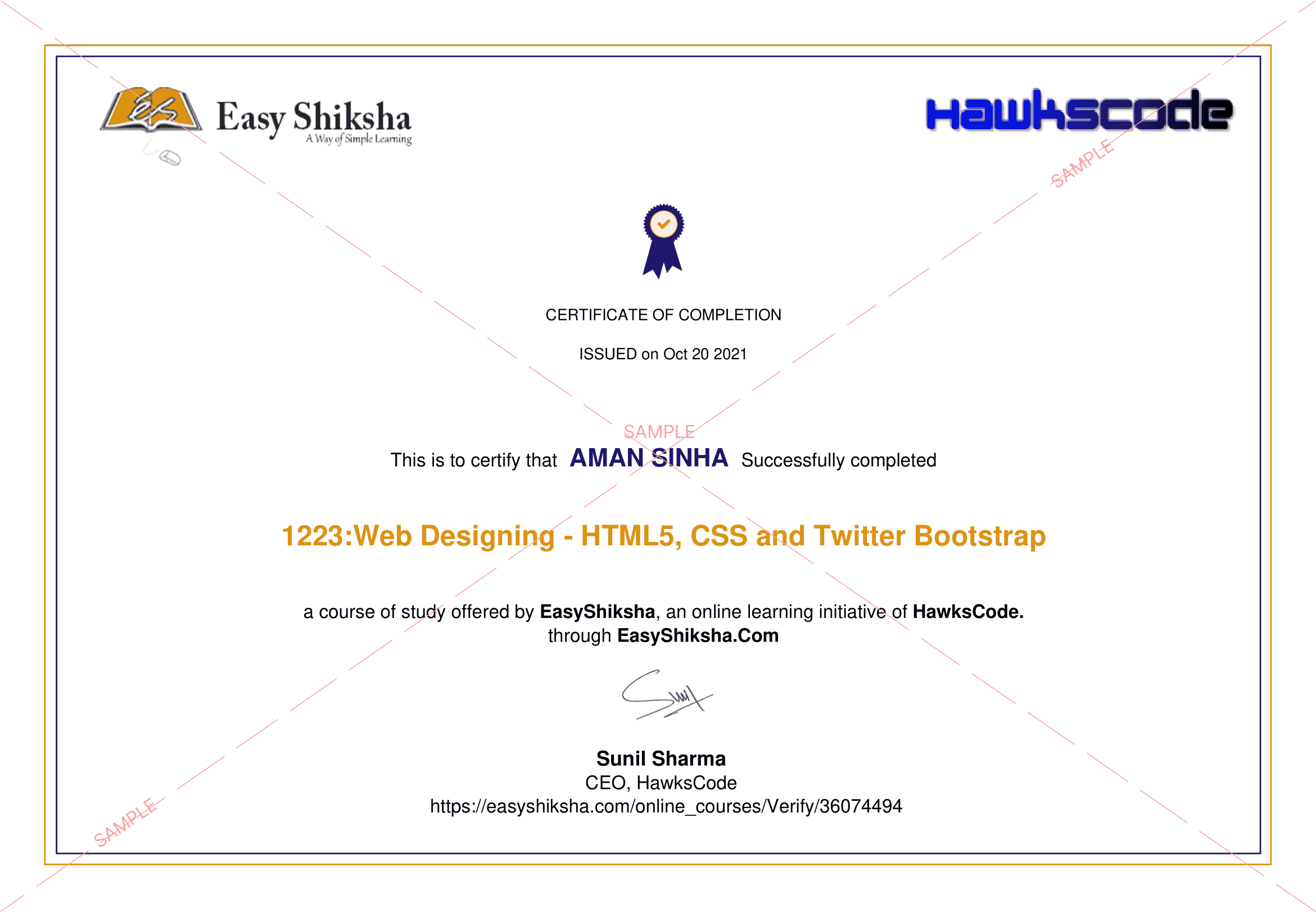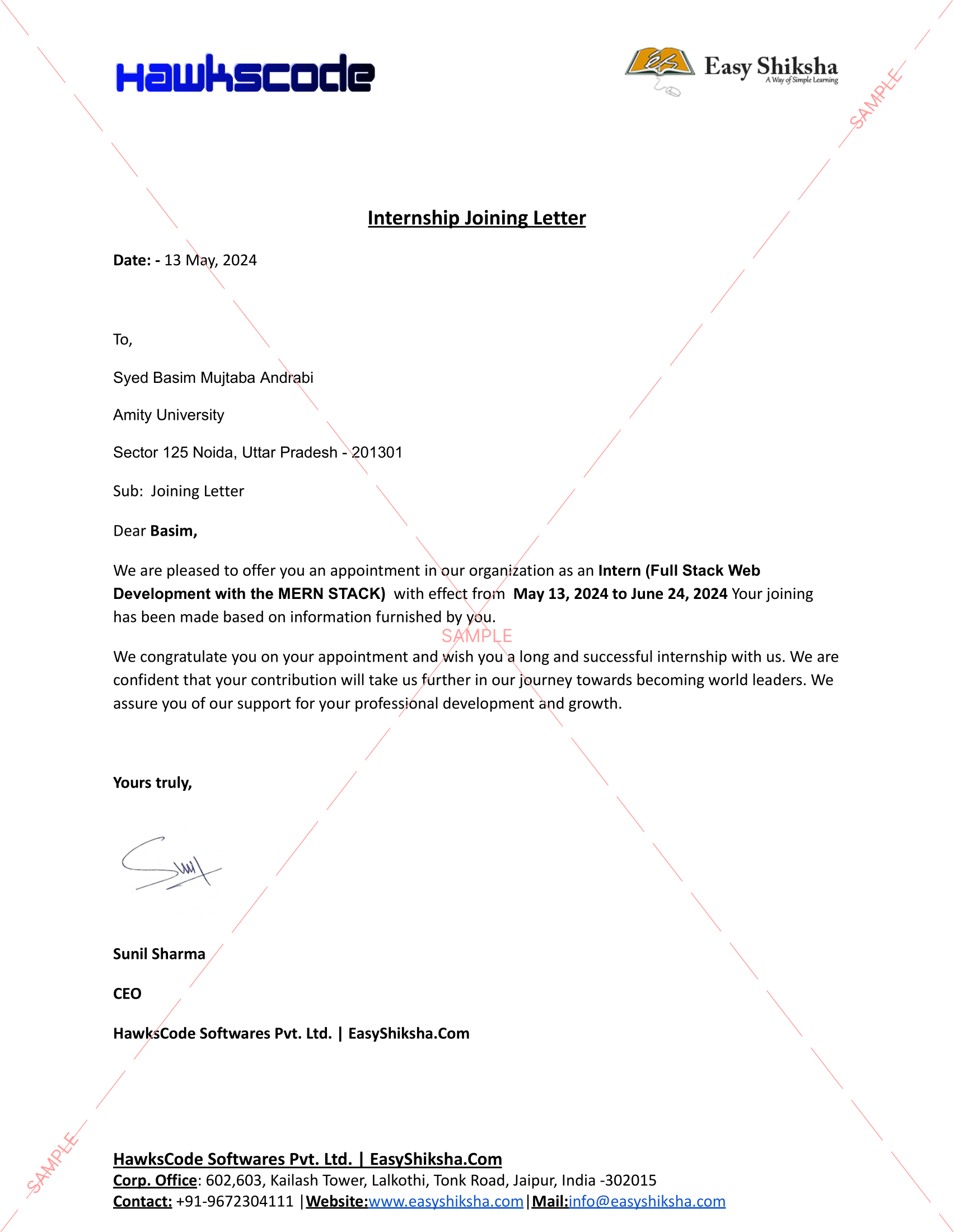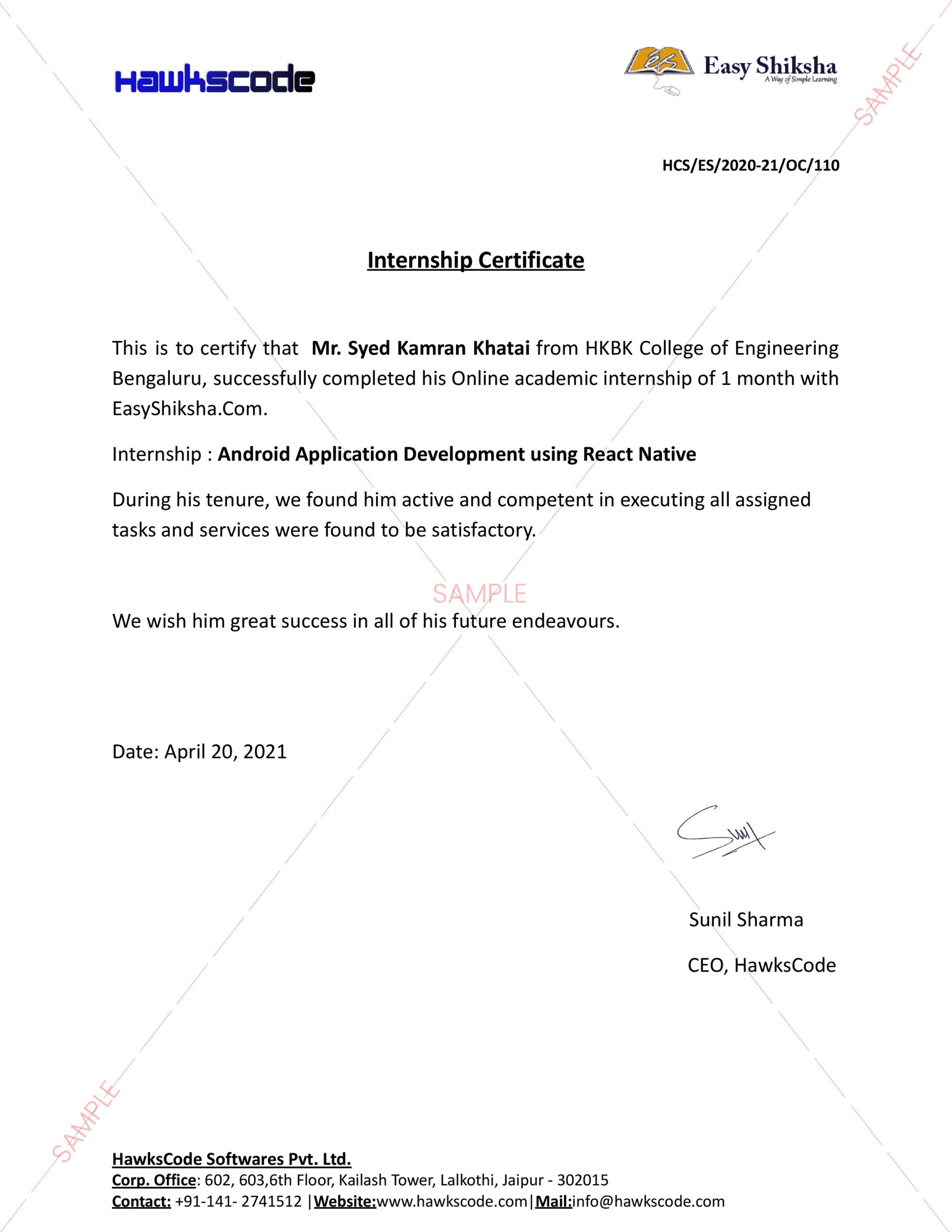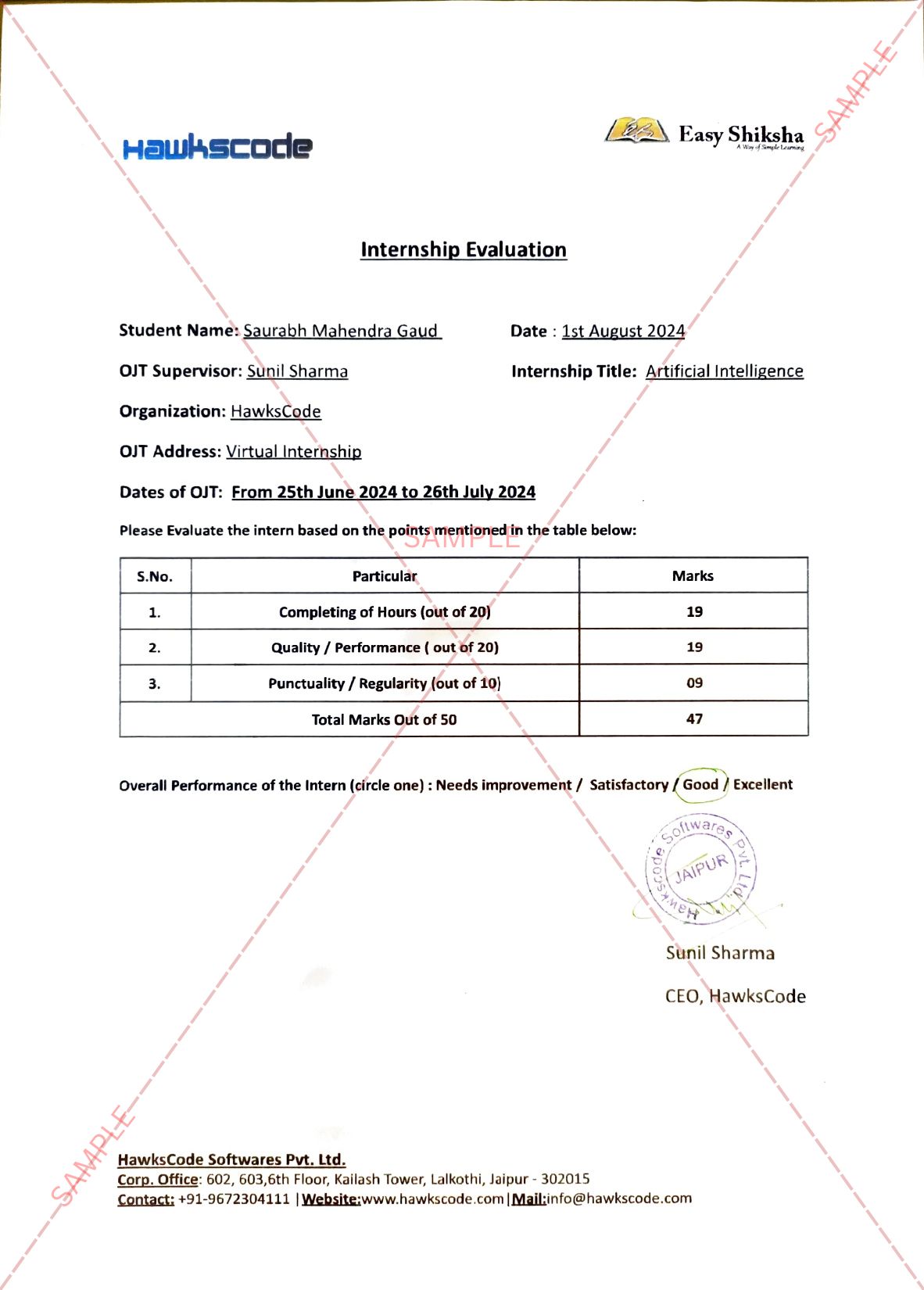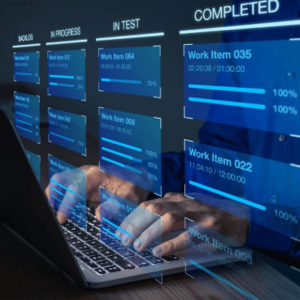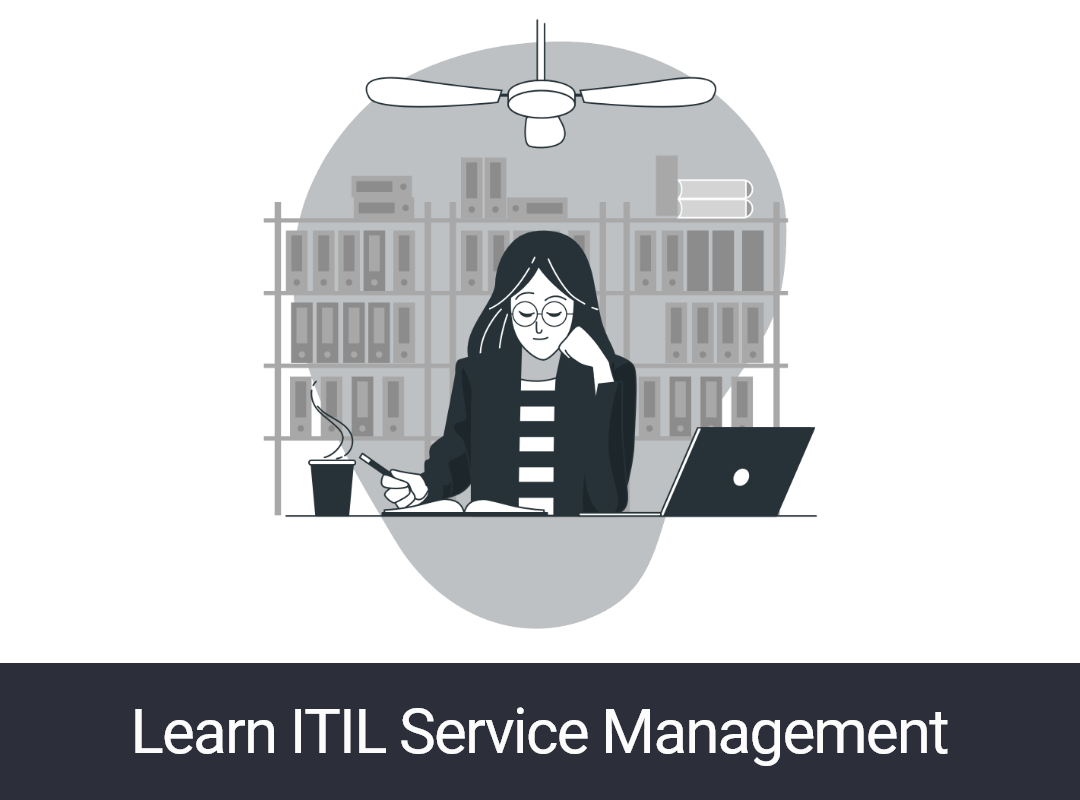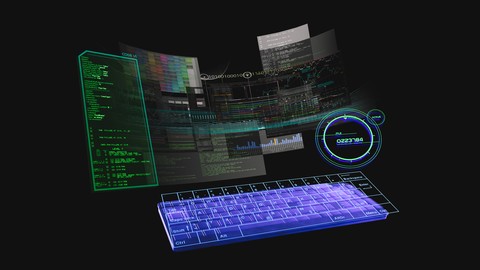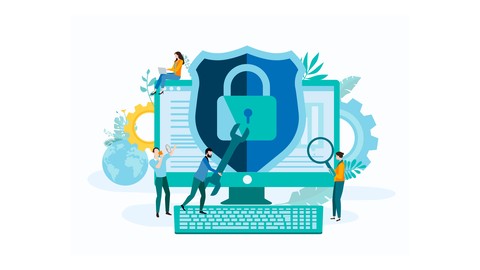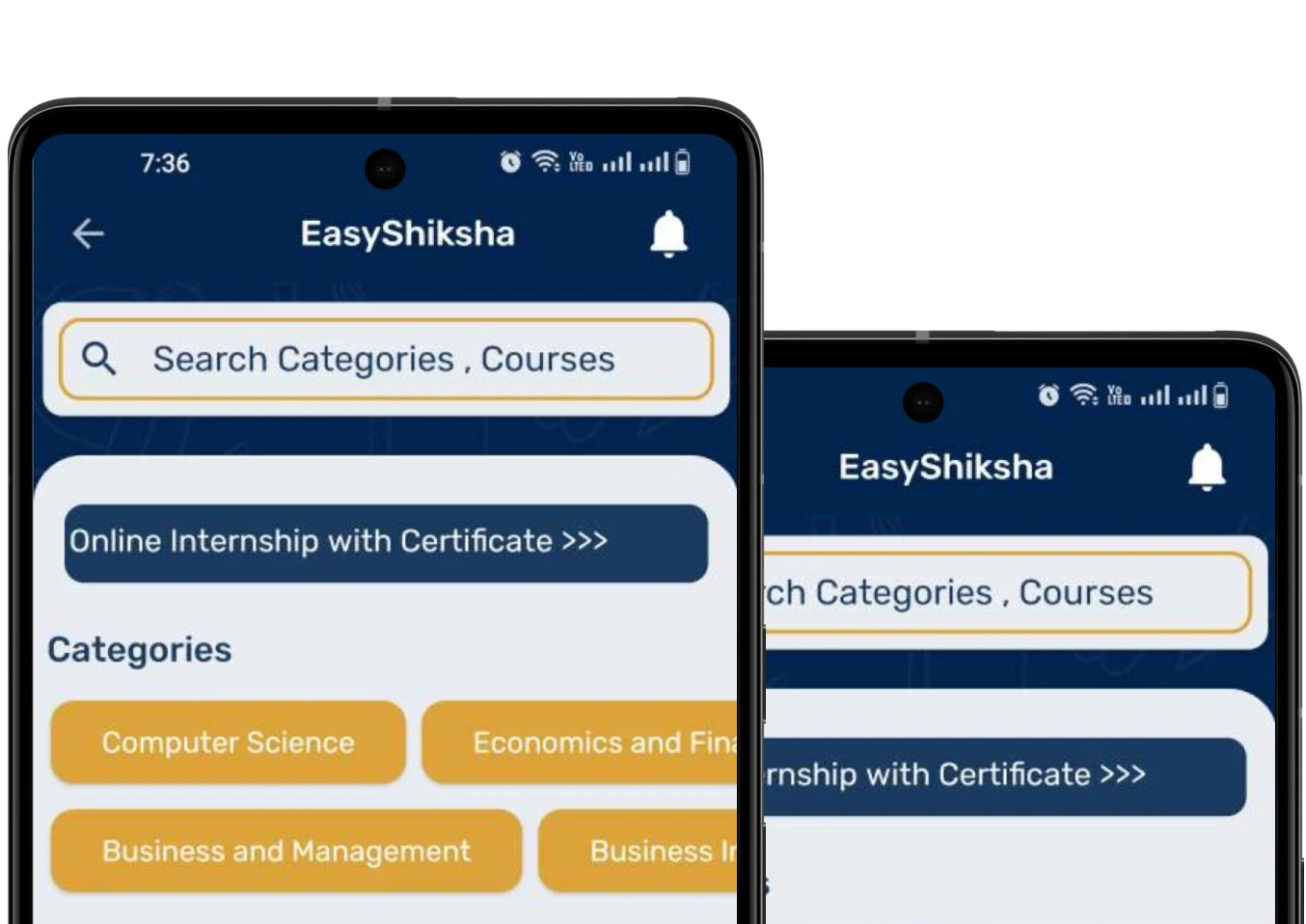Article authored by: Raj Mruthyunjayappa, MD & SVP – International Operations, Anthology Inc Indian Education System.
At present, India has seen an exponential jump in the adoption of EdTech and is on the path to global standards as far as access to technology, devices and infrastructure is concerned. While the EdTech space has been growing at a steady pace, the COVID-19 pandemic has accelerated this growth making way for a massive expansion in the sector. Today students have access to global resources, and it is only a matter of time when there will be a shift from local to global, from a student’s perspective. Hence, it is imperative that the higher educational institutes in India adapt to this changing behaviour and needs. Today, India finds itself in the global EdTech index with the cities of Bangalore and Delhi getting into the 7th and 14th position in the global ranking. As per the reports by Indian venture capital associations, the volume of funds going to educational technology (ed-tech) companies shot four times to over $2 billion compared to $550 million the year before.

Important Announcement – EasyShiksha has now started Online Internship Program “Ab India Sikhega Ghar Se”
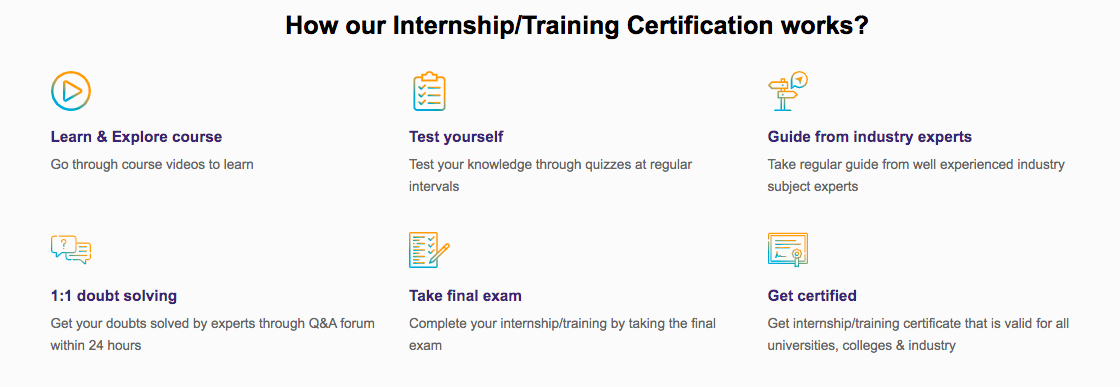
The Edtech market is estimated to grow by 3.7 times in the next five years from USD 2.8 billion (in 2020) to USD 10.4 billion (by 2025). In India the sector is predicted grow to around USD 30 billion in size in the next 10 years, as per a report released by transaction advisory firm RBSA Advisors.
There are three broad areas where Higher Education Institutes (HEIs) need to adopt technology- Learning and Teaching, Administrative Services, and Student Services. Traditionally Indian HEIs have had technology solutions and systems implemented in bits and pieces to primarily cater to administrative needs. Indian Education System These too have mostly been in silos across multiple systems, be it finance, examination management, admissions and others, driven by specific department needs and priorities.
Top Courses in Software Engineering
More Courses With Certification
The whole concept of learning and teaching however has completely changed with the COVID-19 pandemic. Before 2020, the level of technology adoption in HEIs were at a minimum to nothing. This holds true even on the student services side, be it student to academia, alma to institution engagement or student to industry, they have all been minimum to nothing in terms of technology.
While the use of Information and Communications Technology (ICT) to promote education and development has been a part of policy and plan documents on education, decision makers at both central and state are now favouring inclusion of new computer and internet-based solutions in the education sector. This includes the adoption of cloud based virtual classrooms, digital campuses and digital universities as well as mLearning initiatives.
The most important aspect about advanced technologies be it AI, ML or NLP is that they can be used effectively in every aspect of the education institution. Indian Education System EdTech solutions that use these technologies should stand the test of how these would cater to better learning, teaching, student services or administrative experiences. Advanced technologies make every aspect of HEIs more user friendly and provides decision makers access to data faster. However, all this comes into play only when institutions have their baseline infrastructure in place. For desired results it is imperative that the solution HEIs implement is enabled by technologies such as AI, ML and NLP amongst others.
The pandemic has accelerated the evolution of Higher Education space towards the Education 4.0 paradigm. This has been on the radar and was bound to happen, what has happened in the past 12-18 months is that it has been accelerated. The shift is not new but has been anticipated earlier, now it is just much faster!
This is the new normal and institutions have grown to realize that the current mode of operations offers a lot to the entire community in terms of efficiency (think usage of resources – Human and Infrastructure), improved outreach (does not matter where the student or the teacher is) and collaboration (efficient use of resources). There is going to be a lot of emphasis on predictive analytics to understand the pulse of the student and of employees within the institutes to be able to create suitable interventions in order to drive outcomes in each area. We see institutions seeing dramatic results with their investment and continuing to invest further into areas like online labs and more.
The Indian government has implemented several national as well as state specific schemes that run concurrent to large number of privately led IT initiatives at Higher Education Institutions. Most recently the NEP (New Education Policy) framework proposed by the government has encouraged higher education institutes to move rapidly toward technology enabled solutions for teaching and learning outcome of students. With the NEP framework and COVID-19 disruption, HEIs will need to reinvent teaching and learning outcomes and enable systems that are student-centric and outcome-driven.
ALSO READ: Doctors remove fibroid to preserve the woman’s uterus and ovaries
Get Course: Become-Business-Analyst
